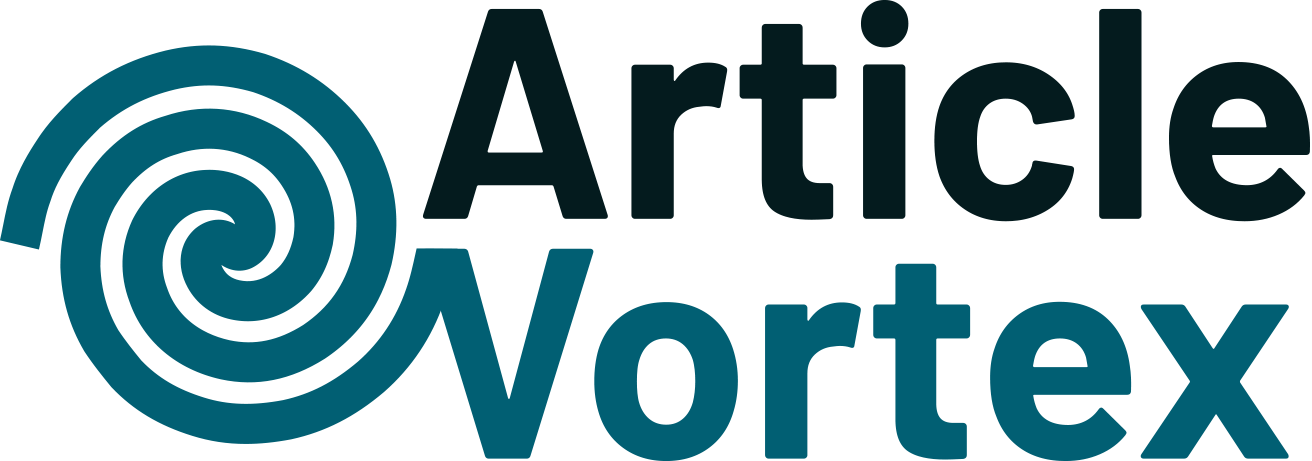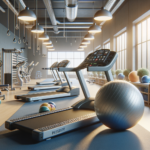Understanding the Market for Pre-Owned Fishing Vessels
In recent years, the market for pre-owned fishing vessels has grown significantly, driven by the increasing popularity of fishing as both a hobby and a profession. For many, purchasing a second-hand fishing boat is a cost-effective way to enter the world of fishing without the hefty investment required for a new vessel. The market offers a diverse range of options, from small dinghies to larger trawlers, catering to various needs and budgets.
Understanding the market requires a keen eye for detail and a willingness to research. Prospective buyers should consider factors such as the type of fishing they plan to do, the size of the vessel needed, and the budget available. The condition of the boat is paramount, and it’s crucial to assess the vessel’s history, including any repairs or modifications. Engaging with online forums and communities can provide valuable insights and recommendations from experienced boat owners.
The market is also influenced by seasonal trends, with prices fluctuating based on demand. Typically, prices may dip during the off-season, presenting an opportunity for savvy buyers to make a purchase. Additionally, geographical location plays a role; coastal areas often have a more extensive selection of vessels, whereas inland regions might offer fewer options.
- Consider the type of fishing you plan to do.
- Assess the condition and history of the vessel.
- Research seasonal and geographical market trends.
Key Considerations When Purchasing a Pre-Owned Fishing Vessel
Purchasing a pre-owned fishing vessel involves several critical considerations that can significantly impact the success of your investment. First and foremost, the condition of the boat is a crucial factor. Prospective buyers should conduct a thorough inspection, ideally with a professional surveyor, to identify any potential issues such as hull integrity, engine performance, and electrical systems.
Another vital consideration is the vessel’s history. Understanding the boat’s past, including previous ownership, maintenance records, and any accidents or repairs, can provide insights into its current condition and future reliability. It’s also beneficial to inquire about the boat’s usage patterns, as vessels used in rougher conditions may experience more wear and tear.
Financial aspects are equally important. Buyers should establish a clear budget, taking into account not only the purchase price but also additional costs such as insurance, registration, and potential repairs. Financing options may be available, but it’s essential to explore different avenues and choose the most suitable one.
- Conduct a thorough inspection with a professional surveyor.
- Review the vessel’s history and maintenance records.
- Establish a clear budget, considering all associated costs.
Exploring Different Types of Fishing Vessels
The world of fishing vessels is as diverse as the fishers who use them. When navigating the market for pre-owned boats, it’s essential to understand the different types available to make an informed decision. Each type of vessel serves specific purposes and suits different fishing styles.
Smaller boats, such as skiffs and dinghies, are ideal for casual fishing trips in calm waters. These vessels are easy to maneuver and often require minimal maintenance. On the other hand, larger boats like trawlers and longliners are designed for commercial fishing, offering ample space for equipment and catches.
For those interested in offshore fishing, center console boats provide a versatile option. These vessels offer a balance between size and functionality, making them suitable for various fishing activities. Additionally, pontoon boats are becoming increasingly popular for recreational fishing, offering stability and comfort for family outings.
- Skiffs and dinghies for calm water fishing.
- Trawlers and longliners for commercial purposes.
- Center console boats for offshore fishing.
- Pontoon boats for recreational use.
Navigating the Buying Process: Tips and Strategies
The process of purchasing a pre-owned fishing vessel can be daunting, but with the right strategies, it becomes a manageable and rewarding experience. One of the first steps is to define your needs clearly. Consider the type of fishing you plan to do, the number of passengers, and the desired features of the boat.
Once you have a clear idea of your requirements, it’s time to start exploring options. Online marketplaces and local dealerships are excellent places to begin your search. Be sure to compare prices and features across different listings to ensure you’re getting a fair deal.
Negotiation is a crucial part of the buying process. Don’t hesitate to discuss the price with the seller, especially if you’ve identified areas that may need repairs or upgrades. Additionally, arranging for a sea trial can provide a better understanding of the vessel’s performance and handling.
- Define your fishing needs and desired features.
- Explore online marketplaces and local dealerships.
- Negotiate the price and arrange for a sea trial.
The Advantages and Challenges of Owning a Pre-Owned Fishing Vessel
Owning a pre-owned fishing vessel comes with its own set of advantages and challenges. One of the primary benefits is cost savings. Pre-owned boats are generally more affordable than new ones, allowing buyers to invest in additional equipment or upgrades.
Another advantage is the potential for customization. Pre-owned vessels often come with existing modifications that can be further tailored to suit specific fishing needs. This flexibility is particularly appealing to those who enjoy personalizing their boats.
However, there are challenges to consider. Maintenance can be more demanding for older vessels, requiring regular inspections and repairs. It’s essential to establish a maintenance schedule to ensure the boat remains in good condition. Additionally, finding replacement parts for older models can sometimes be difficult, necessitating creative solutions or custom fabrication.
- Cost savings compared to new boats.
- Potential for customization and personalization.
- Regular maintenance and potential difficulty in finding parts.












